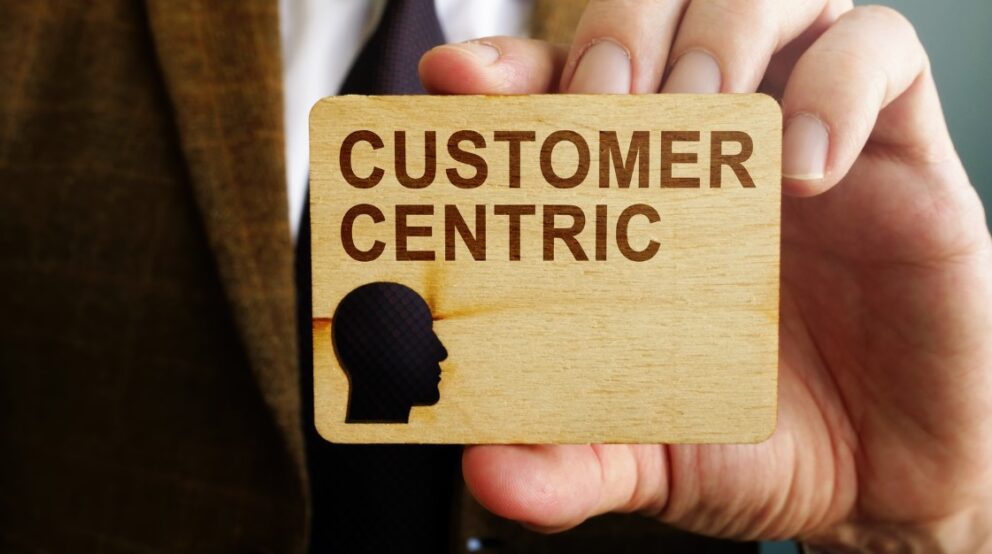The Why and How of Successful B2B Communities

By Maria Geokezas, Chief Operating Officer at Heinz Marketing
How much content do you consume in a day? Have you seen a drastic uptick in the time you spend consuming content over the past few years? If you’re like most people, you have.
The time we spend looking at content has steadily increased – up to over six hours a day. What’s problematic, though, is that a lot of content creates more questions than answers.
Because while reading a white paper or watching an instructional video might provide a basic understanding, it doesn’t answer personalized questions. So, instead of walking away feeling like we learned something, we’re left wondering, “what about…?”
It’s safe to say that’s not how we want our prospects or customers to feel.
Of course, you could refer them to your sales or support team for more information, but many people aren’t ready for that. Instead, they’d prefer to answer their question independently or with guidance from someone who’s been in their place.
So, why not let them turn to your community?
The Value of Community Learning
While anyone can go down a Google rabbit hole to learn something new, communities present an opportunity for group learning.
When you’re learning in a group environment, you:
- Go into group problem-solving mode – Feedback from others who’ve done it before you and have overcome the obstacles you’re facing lets you step out of panic so that you can tackle problems head-on. And research proves that groups are better at problem-solving than individuals.
- Engage in social learning – Social learning not only keeps your attention but it makes you more likely to retain what you learn. For example, how many ebooks have you read and promptly forgotten? Now, think about the last time your colleague taught you something new. Which event do you remember more clearly?
- Discover intrinsic motivation – When we’re part of a group, we’re more likely to show up and do what it takes to succeed. Knowing others are watching motivates us to keep going.
However, a community is only as productive as its members. If there’s a mismatch of goals and a scattered focus, it will struggle to provide support and gain momentum.
Cultivating the Best-Fit Community
The chances are high that you’re already a part of at least one community. After all, an estimated 23 million users are very active in online communities alone.
Yet, just because a community is available doesn’t mean it’s used. You must work hard to cultivate an active community. Here, we look at some questions you’ll need to consider as you build.
- Who will you include in your audience? A well-defined audience helps people self-identify whether the community is the right choice. You need to decide, will you only allow customers? Or, will you open your community to anyone that wants to join?
- How will you bring them together? A community can take many shapes. A community might take the form of an online forum, but it could also be an annual conference or even an exclusive mastermind. Often concentrated groups do well for complex topics, and larger communities are more helpful for beginners who aren’t sure what they need yet.
- What support will you offer? Communities without oversight can go off-course in a hurry. So you’ll want to establish clear expectations and guidelines for your community and be prepared to enforce them.
- How will you help build connections? As a founder, you’ll need to get your community in motion. Until it gains traction, you’ll need to interact regularly to keep it active, encourage others, and promote growth. If you can’t dedicate yourself to your community, you’ll need to appoint someone who can.
- How will you grow the community? A large, active community creates its own flywheel effect. Current members will refer new members, and a thriving community gets to a point where it grows itself – but how will you get to that point? You can start by incentivizing early adopters to make referrals with product discounts or gifts, for example.
Successful B2B communities aren’t accidental. They all started the same way – targeting the most critical problem their audiences faced – and grew from there.
Mimicking What Successful B2B Communities Do Well
When you look at B2B communities, you’ll notice they all 1) clearly define their audience, 2) establish leaders that act as guides and incentivize participation, and 3) support their core product or service.
For example, Salesforce’s Trailblazer community thrives because it pairs its content, including its certified training programs, with its active community. Content and product aren’t independent of the community; they’re integrated with it. Salesforce grants Trailblazer profiles status updates and badges based on skills, training, and engagement to motivate them to continue learning and using the product.
Additionally, Salesforce offers a hybrid of local in-person meetups with the online forum for members looking more for connections than answered questions. The Trailblazer community guarantees that you’ll continue to find value whether you’re brand new or a seasoned professional.
If you look at other successful examples, such as Kaggle’s data science community or Adobe’s creator community, you’ll find the same core elements. They include a healthy mix of industry newcomers and experts that keep the group dynamic and support various aspects of the business.
You might think you can’t compare with a giant like Salesforce, but a community doesn’t need to be massive to be useful. Often, it’s better to capture the power of a small but focused group to tackle specific problems.
Our President here at Heinz Marketing, Matt Heinz, co-moderates a weekly community session for CMOs – CMO Coffee Talk. The group of 1,000+ marketers crowd-source the session topics, so each week addresses a current, relevant industry topic. The crowd-sourced nature of the community encourages participation. Also, it lets the leaders keep a pulse on the audience’s needs, which makes it just as – if not more – valuable than a larger community.
As you can see, a community not only gives you inside insights, but it creates an experience that helps you stand out from your competitors. Instead of navigating your content, product, or service alone, your customers gain the support of a group that keeps them engaged and personalizes their experience – something that’s not easily replicated.






